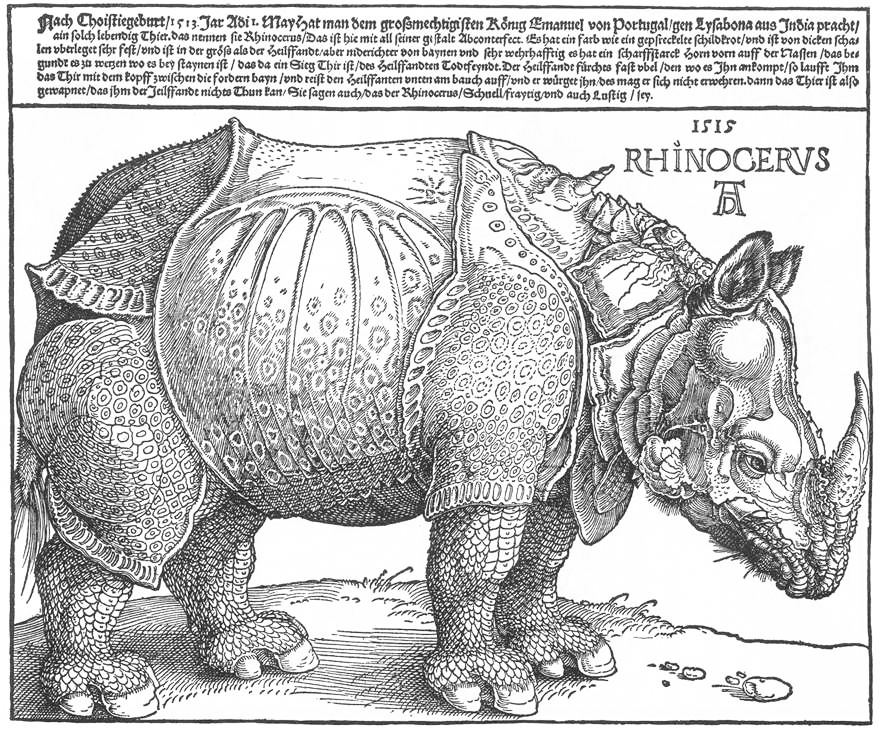Exhibition: Rippl-Rónai - Pieces of Art from the Hands of Old Collectors
Bretagne-i népünnep, 1896
litograph, paper
József Rippl-Rónai (1861-1927) was born 150 years ago, and this exhibition recalls his life and work. Rippl-Rónai's abundant drawing and printmaking activity is shown at the exhibition with such pieces that came into the property of the Hungarian National Gallery through the Museum of Fine Arts which received them as a gift from both the artist and three collectors playing an important role at the early 19th century Hungarian art life: Elek Petrovics, Simon Meller and Dr. Pál Majovszky.
A significant part of Rippl-Rónai's graphic works contains large-scale ink drawings prepared between the 1890s and the middle of 1910s. The pieces, originally dating from the 1890s from France, he only dated later and were most probably pre-dated. In most of the pieces, in fact dating back to the middle of 1890s, the model was Lazarine Baudrion, Rippl-Rónai's partner in Paris. On his pen drawings, sometimes coloured with aquarelle, Lazarine is dressing, lying on a bed, pedicuring, embroidering, sewing or reading with her hands under her chin. Outstanding pieces of the early pen drawings are the extremely plastic Female Nude (Marguerite Renard) and two pieces with a woman dancer on each. Some of the pen drawings were prepared in 1899 in a small Pyrenees village, Banyuls-sur-Mer where Rippl-Rónai spent three months as a guest of the sculptor Aristide Maillol. A piece of these is one of the most beautiful portraits of the artist, depicting Maillol's wife, Clotilde in a pondering, affectionate manner.
Contact:
Hungarian National Gallery
Budavári Palota
A-B-C-D building
H-1014 Budapest,
Szent György tér 2.
Opening:
Daily 10.00 - 18.00 except Monday
26 October 2011 - 23 September, 2012
Source: www.mng.hu




.jpg)

.jpg)













1 comment: